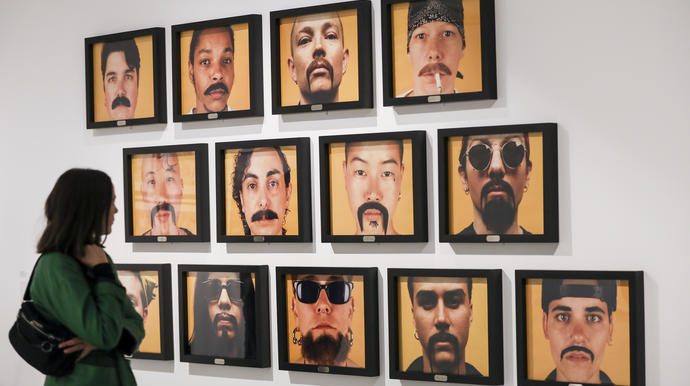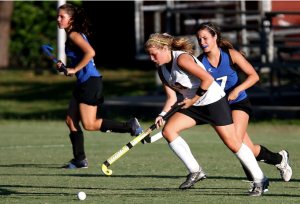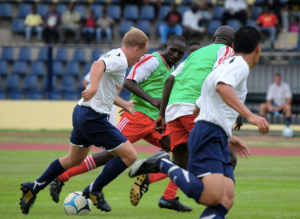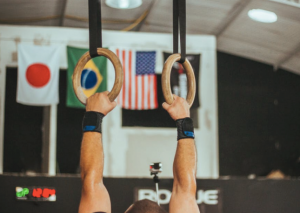Blog post by Lexie Onofrei
I am climbing a steep hill with my gatekeeper and an informant who’s taking us to an isolated farm to show us his animals. They’re both middle-aged men. It’s snowing heavily, and I can barely feel my feet; they are covered in snow. I’m told we will get to the animals soon and that we can rest there. I had been around these men for two days and it has never occurred to me that they could harm me. My gatekeeper is an old family friend and the informant is his friend. I conducted fieldwork in Romania, in the region that I know well, so most of the relationships I built there were based on trust. This is my experience, but it’s also how many ethnographies begin: a narrative that introduces the field, participants and the general atmosphere. As ethnographies go on, narratives expand, participants’ stories change, and new concepts are introduced. However, sexual harassment in the field is seldom brought up, even though it happens a lot. At most, it is interesting to study or to include in self-reflexive sections of a paper, but nothing more.
Recently, powerful men in the Hollywood and sports industries have been accused of sexual harassment. Some of the survivors reignited the flame of the #metoo movement, encouraging victims of abuse to share their experiences on social media. The large scale of the accusations has prompted revisions of social and workplace rules to ensure that sexual harassment is minimised. Given the high rate of sexual harassment in the field, the American Anthropology Association (AAA) started a working group to understand this phenomenon in the field and academia. It tries to reconcile fieldwork practices with guidelines to promote the safety of fieldworkers, especially of women, because of their disproportionate risk of exposure to sexual violence. Most anthropologists are expected to do fieldwork at some point in their career. We are encouraged to think through our plan of action and anticipate things that might go wrong in the field in ethical clearance forms. However, few of these hypothetical measures satisfy the condition of our safety as researchers in the field. Instead, they are heavily bureaucratised and often
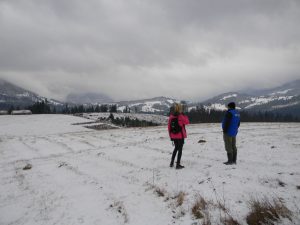
Conversation between my informant and I during my ethnographic fieldwork in Romania, December 2016. Author’s collection. |
serve universities’ own reputations and legal and insurance requirements (Sleeboom-Faulkner et al., 2017).
The article that the AAA working group published explains the co-creation of ethnographic fields by researchers, participants, and by invisible social structures and ideas like gender inequality, religiousness, etc. Although researchers represent organisations in the field, the physicality and closeness of fieldwork create complexities that are often hard to navigate, and in which female ethnographers can feel unsafe or vulnerable. Ethnographers ask the questions, lead discussions and question habits of different societies. Therefore, ethical guidelines are directed towards the protection, anonymity and reassurance of participants. However, ethnographic curiosity about certain idea/social group makes us vulnerable, too. Plus, gender dimensions and non-human components of fieldwork have been overlooked in ethical guidelines. More attention to their role in the power politics of fieldwork could improve research conditions and keep more women in anthropological careers.
One of my anthropology teachers recounted how she felt cornered during a field interview in a participant’s house. She was speaking to a man whose wife died. He started crying and leant on my teacher’s shoulder, getting closer and closer to her until she felt unsafe. She left immediately, as she luckily found the door of the house open. In Friction, Anna Tsing (2004) tells of her fear of aggression as she sat in the back of a truck full of men in Indonesia. Tsing’s story only hints at these issues of vulnerability, and most anthropologists are deterred from making this step. Self-reflexivity is a strong research tool, but it is often critiqued for its narcissistic tendencies (Finlay, 2002). Furthermore, harassment is not reported due to lack of extended codes of conduct, as these are theoretically rich but hard to put into practice.
In conclusion, it’s worth acknowledging the advent of self-reflexivity in ethnographies as coping mechanisms, but this postponed the need to develop ethical guidelines. Sometimes anthropologists indulge in confessional ethnographies, without referring to their experiences of harassment, but where they can ponder on their feelings. The AAA working group urges universities to revisit and update codes of conduct. Gatekeepers and key informants could have more active roles to ensure the integrity of researchers is protected. There could be more communication between researchers, their supervisors and ethical committees. This initiative has the potential to over-formalise fieldwork but if we work together, this detail can be corrected and improved to aid fieldworkers in their research. AAA’s work is a big step towards recognising the gender-specific dangers of fieldwork, but this movement needs to be replicated by anthropologists in universities worldwide, otherwise it will remain weak and fragmented.
